(2862 products available)
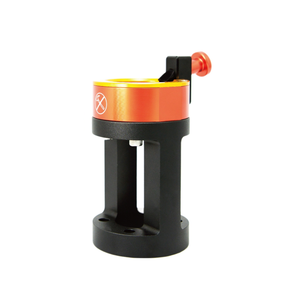
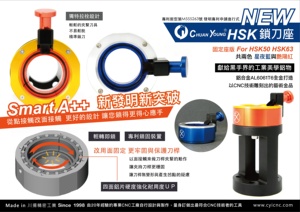












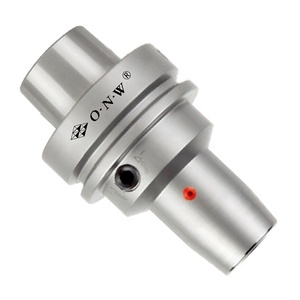



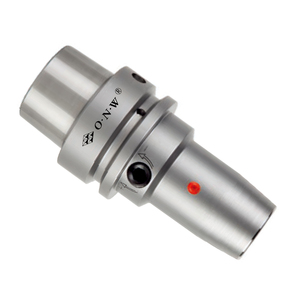




























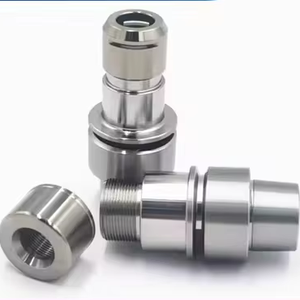




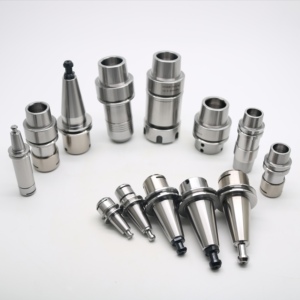



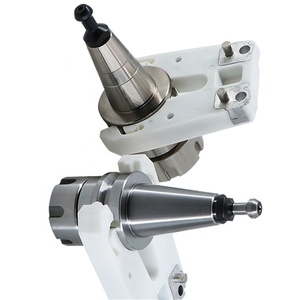





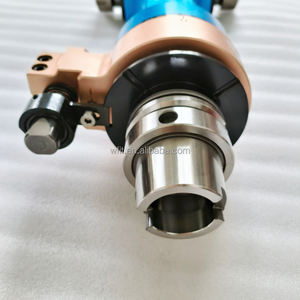
























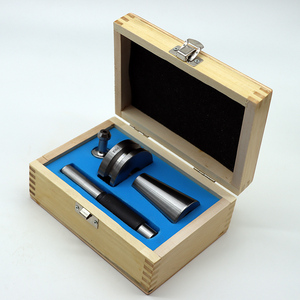

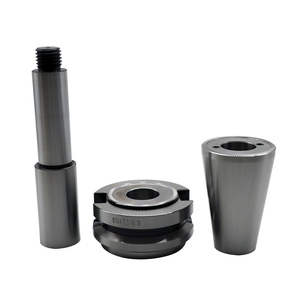







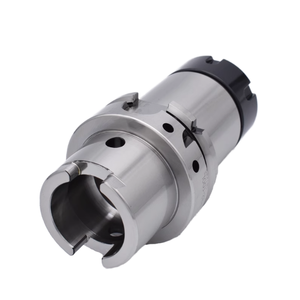












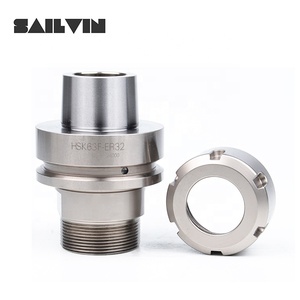
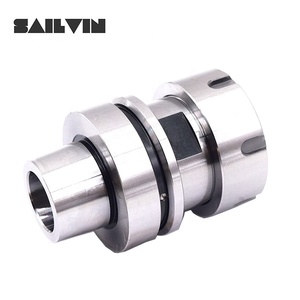
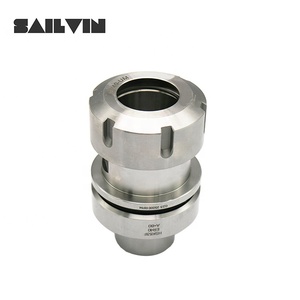

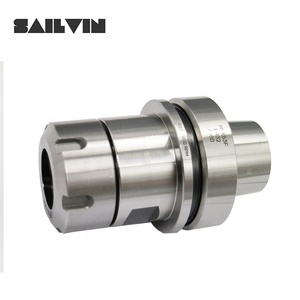









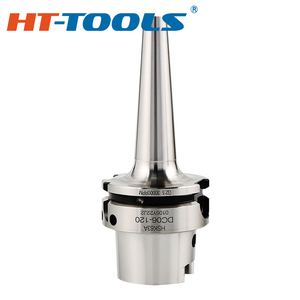


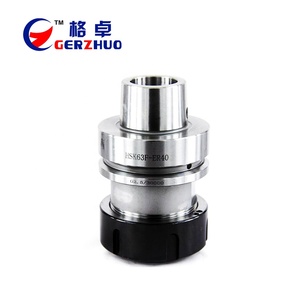





























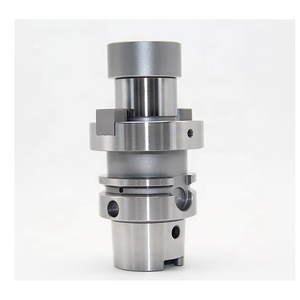




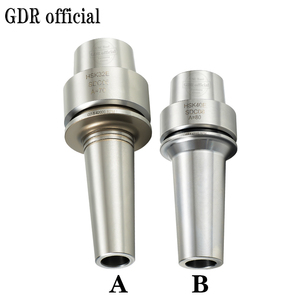

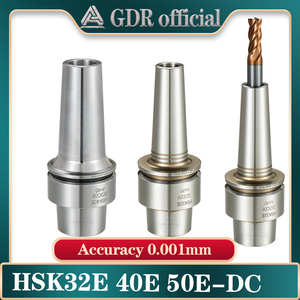










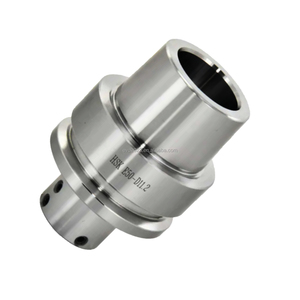
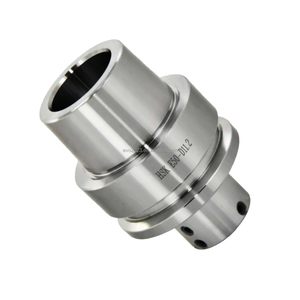

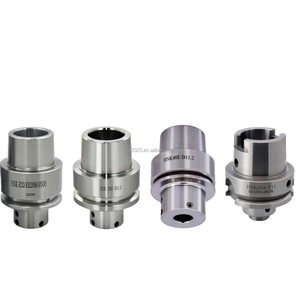
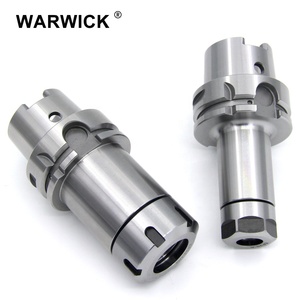
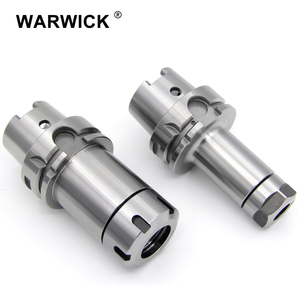


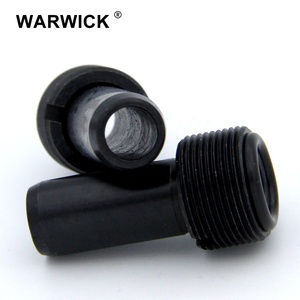
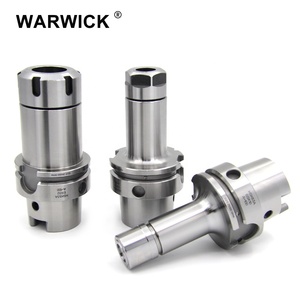






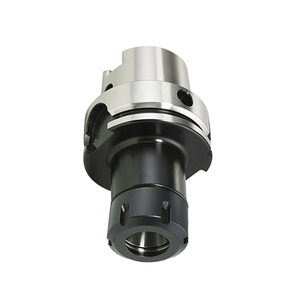


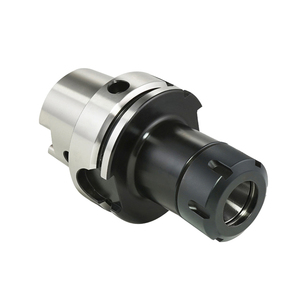


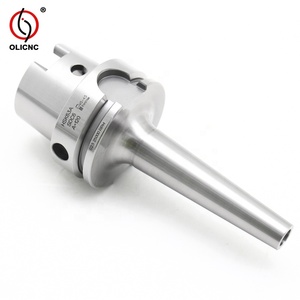
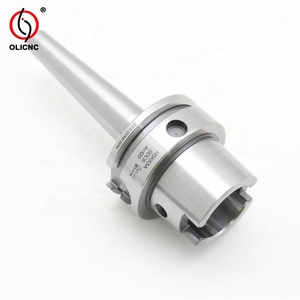






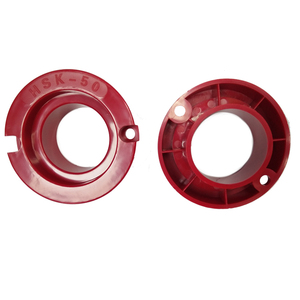







The HSK tool holder is widely used in the CNC milling industry, ensuring great precision and rigidity. There are two types of HSK tool holders HSK-A and HSK-E, and they have a sub-type classification based on their size.
HSK- A
HSK-A tool holders have an identical feature as BT tool holders. The HSK-A tool holder has a pull stud which is the same as a BT tool holder. The HSK-A tool holder is smaller and lighter, which allows it to provide higher speeds and quick acceleration in the spindle. It is suitable to use in applications that require rapid tool changes. The HSK-A tool holder is available in six sub-types, HSK-A25, HSK-A32, HSK-A40, HSK-A50, HSK 63, and HSK-A100, which are different in size. The number after the letter 'A' indicates the diameter of the tool holder shank in millimeters.
HSK-E
HSK-E tool holders are similar to HSK-A tool holders because they also have a pull stud. However, they are slightly larger and heavier than HSK-A tool holders. The HSK-E tool holder is designed to work with tools that require high torque, such as milling cutters and drills. Its design allows for better clamping and stiffness, which ensures greater accuracy and longer tool life. The HSK-E tool holder is available in HSK-E25, HSK-E32, HSK-E40, HSK-E50, HSK 63f, and HSK-E100, which have different sizes. The number after the letter 'E' indicates the diameter of the tool holder shank in millimeters.
These are some of the features of HSK tool holders for spindle and the subsequent maintenance:
HSK is an abbreviation of hsk tool holders. It means "Hollow Shaft Taper." In the contemporary manufacturing industry, HSK tool holders are an essential part of the machining process. Here are some typical application scenarios of HSK tool holders.
The HSK tool holder is often used in a machining center. The machining center is usually equipped with an HSK tool holder, which can accommodate multiple tools simultaneously. The HSK tool holder and the spindle of the machining center are tightly connected, and the tool holder is responsible for transmitting power and torque between different tools. The HSK tool holder allows the machining center to quickly change tools and securely fasten the tool in place during high-speed cutting and machining.
The automotive industry often uses HSK tool holders for precision machining of various vehicle parts. The HSK tool holder can be used for milling, turning, drilling, etc., to produce automotive components such as engine blocks, cylinder heads, chassis parts, and more. High-speed machining is often performed in the automotive industry to improve production efficiency and achieve precise machining requirements. The HSK tool holder can meet the requirements of high-speed machining, making it suitable for use in the automotive industry.
In the manufacturing process of household appliances, HSK tool holders are also frequently used. This includes machining parts for home appliances such as refrigerators, air conditioners, washing machines, vacuum cleaners, and other products. HSK tool holders can achieve precise machining of components such as metal, plastic, and other materials used in household appliances. This improves the quality and performance of home appliances.
The mold manufacturing industry relies heavily on HSK tool holders for machining tasks. HSK tool holders are used to produce a variety of molds, including plastic injection molds, die-cast molds, and sheet metal molds. These molds are crucial in the production of precision mechanical components, electronic products, and other items. The HSK tool holder can achieve the high-precision machining required for mold manufacturing, including tasks like milling, drilling, engraving, and more. The HSK tool holder can meet the stringent requirements of mold manufacturing due to its high rigidity, accuracy, and repeatability.
Choosing the right HSK tool holder begins by considering the tool holder's different types. Each type, from HSK-A to HSK-Ef, has its own unique features and benefits. For instance, the HSK-A will be more suitable for a CNC milling machine, while the HSK-B is used for wood and stone CNC routers. The HSK-D is also good for CNC routers, while the HSK-E is a good choice for high-speed milling and other applications. Selecting the right type of tool holder for the machine being used is very important.
The taper size and tool shank size are also important factors when choosing an HSK tool holder. The size of the taper will determine how the tool holder fits into the machine's spindle. Choosing the right taper size ensures a secure and accurate connection between the tool holder and the spindle. The tool holder's shank size must also match the tool's shank size to ensure a proper fit.
Consider the quality of the materials used in the production of HSK tool holders. The material used is very important, as it will determine the durability and strength of the tool holder. The better the material, the longer the tool holder will last. Also, ensure that the tool holder has undergone proper balancing and precision machining. This is very important for the tool's performance and the machine's long life. A balanced tool holder reduces vibration and ensures smooth operation.
It's also important to consider the features and specifications of an HSK tool holder. This includes the tool retention mechanism, the gage length, and any additional features such as coolant-through capabilities. The gage length of the tool holder is important because it determines the distance from the spindle face to the end of the tool holder. This can affect the reach and clearance of the tool. Understanding the specific requirements of the application will help in choosing the right HSK tool holder for the job.
Q1: What are the benefits of using HSK tool holders?
A1: HSK tool holders offer several benefits, such as high precision, which results in improved surface quality and accuracy. Additionally, HSK tool holders provide better vibration damping and rigidity, leading to smoother machining and longer tool life.
Q2: What is an HSK tool interface?
A2: The HSK tool interface is a standardized system used to connect a tool holder to a spindle. It is designed to ensure a secure fit and proper alignment between the tool holder and the spindle.
Q3: What are the differences between HSK A and HSK E?
A3: The HSK A series is designed for automatic tool change systems and is commonly used in milling machines and machining centers. The HSK E series is specifically designed for high-speed applications and provides improved rigidity and accuracy at high speeds.
Q4: Are there any downsides to using HSK tool holders?
A4: While HSK tool holders offer many advantages, there are some potential downsides. HSK tools can be more expensive than other types of tool holders, and they may require specialized equipment for maintenance and repair. Additionally, HSK tool holders are not compatible with all machines, so users should ensure that their machine is designed to work with HSK tools.